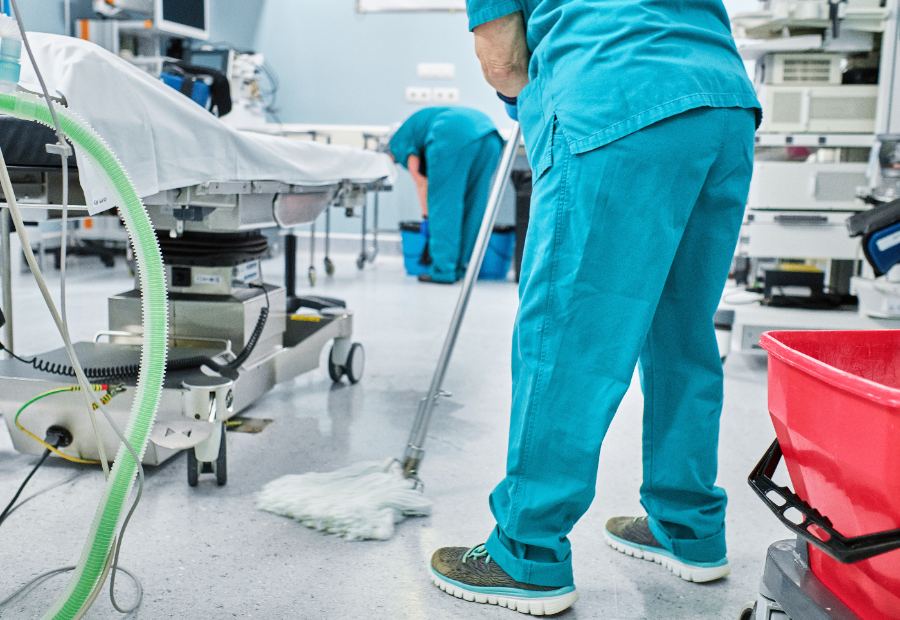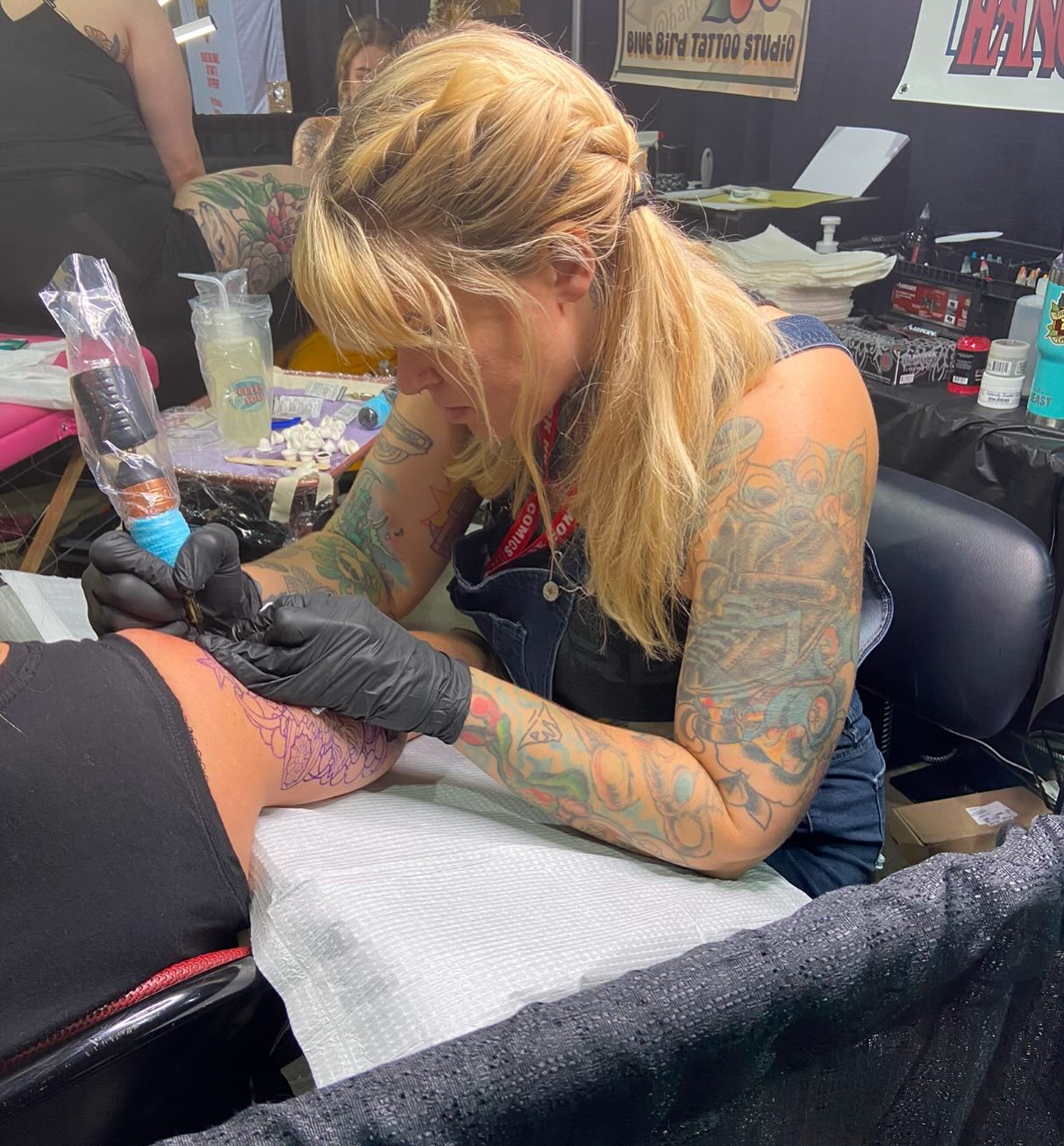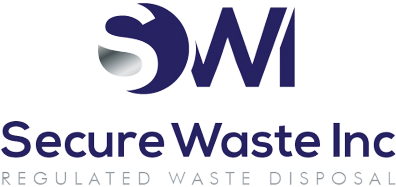The Ultimate Guide to Safely Managing Bloodborne Pathogens and Proper Waste Disposal! Discover Expert Insights and Best Practices from Secure Waste for 2025
Mastering the Safe Disposal and Cleanup of Healthcare Bloodborne Pathogens
Secure Waste explains that safety is key when dealing with bloodborne pathogens. Understanding how to dispose of and clean up these hazardous materials effectively ensures your well-being and that of those around you. Let’s dive into the essential steps and best practices to empower you to handle these situations confidently and carefully.
If you’re a healthcare worker or a medical facility manager, you are undoubtedly aware of the complexities and critical importance of effective medical waste management.
A key component of this process is handling hazardous bio-waste, particularly by the guidelines set forth by the Occupational Safety and Health Administration (OSHA). Adhering to these OSHA biohazard waste disposal guidelines is essential for maintaining a safe and compliant work environment, protecting staff and patients from potential exposure to infectious materials.
This comprehensive blog post will provide an in-depth overview of the OSHA guidelines for safely disposing of blood and blood products and medical waste management procedures. We will outline best practices for handling, storing, and disposing of biohazardous medical waste and highlight the necessary personal protective equipment (PPE) that healthcare staff should use to minimize risk.
Additionally, we will explore the nature of bloodborne pathogens, including their associated risks and potential avenues of exposure in various medical settings.
Furthermore, Secure Waste Solutions will delve into information about specific pathogens of particular concern, such as Human Immunodeficiency Virus (HIV) and tuberculosis (TB). Understanding the transmission routes, symptoms, and control measures for these pathogens is vital for healthcare professionals.
By the end of this post, you will have a more comprehensive understanding of safe waste management practices and the significance of rigorous adherence to OSHA guidelines. So, let’s dive into the details!
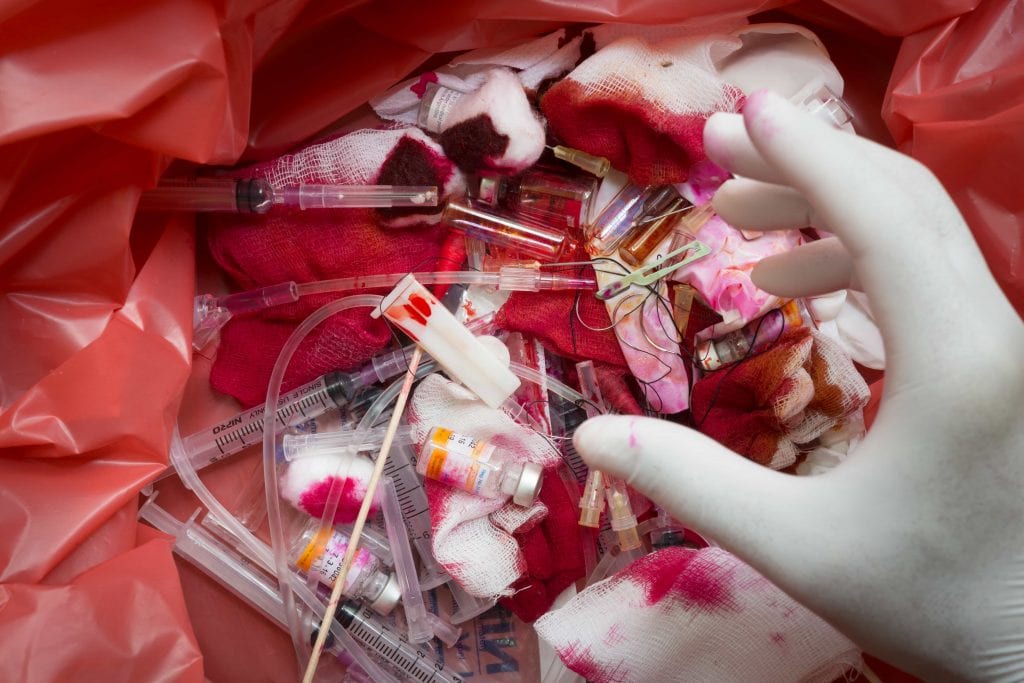
Understanding OSHA Waste Disposal Guidelines and Their Significance Explained By Secure Waste
The Occupational Safety and Health Administration (OSHA) has established comprehensive waste disposal guidelines for ensuring workplace safety and environmental protection. These guidelines serve as a framework for managing hazardous materials, ensuring that businesses comply with legal requirements while safeguarding the health of workers and surrounding communities.
Proper waste disposal is not merely a regulatory necessity; it is essential for preventing pollution, conserving natural resources, and protecting public health. Adhering to OSHA’s standards helps organizations minimize their ecological footprint, reduce the risk of accidents, and foster a culture of safety and responsibility.
In navigating the complexities of waste management, OSHA emphasizes the importance of identifying, properly handling, and disposing of various types of waste, including chemical, biological, and general waste.
By following these guidelines, employers avoid potential legal repercussions, contribute to a sustainable future, and promote a safer workplace environment.
OSHA helps keep healthcare workers in the U.S. safe from biological threats. They work to improve safety in hospitals, clinics, and labs.
OSHA’s guidelines provide clear instructions on handling, separating, and disposing of biohazard waste, making safety procedures easier to follow.
Guarantees the Safety of Workers
In the healthcare sector, workers frequently come into contact with potentially hazardous biohazardous waste. This environment is rife with bacteria, viruses, and microorganisms that can pose serious health risks. Therefore, it is essential to understand the proper methods for handling and disposing of such waste, including sharps containers.
Mastering safe waste medical management practices is vital in reducing the incidence of healthcare-associated infections. Failing to implement these practices can increase the risk of contamination and associated diseases.
The Occupational Safety and Health Administration (OSHA) provides comprehensive guidelines that serve as a crucial resource for healthcare professionals. These guidelines outline safety protocols that help protect both workers and patients. Adhering to OSHA regulations is key to ensuring personal safety and fundamental to maintaining the quality of patient care.
Safeguards Patients: Everyone’s Responsibility
OSHA guidelines are pivotal for the dedicated healthcare professionals tirelessly working on the front lines and serve as a crucial shield for patient safety. A healthcare facility should be a sanctuary for healing and nurturing, yet the lurking presence of bio-waste can present severe threats to this sacred environment.
We can masterfully manage bio-waste by diligently adhering to OSHA guidelines and significantly reduce cross-contamination risks. This unwavering commitment fosters a haven that nurtures patient recovery, enabling individuals to emerge revitalized and joyful, just as they deserve.
Moreover, the implications of biohazardous waste extend far beyond healthcare settings, jeopardizing our cherished environment. Unbeknownst to many, our beautiful planet can become an unsuspecting casualty in the struggle against bio-waste.
When left unchecked, biomedical waste can infiltrate our natural ecosystems, unleashing chaos and destruction. It can introduce harmful substances into the food chain, resulting in toxic accumulations and magnifications, ultimately throwing our rich biodiversity into disarray.
This is where OSHA’s robust waste management strategies come into play, highlighting the critical importance of waste segregation. This meticulous practice of systematically separating hazardous and non-hazardous waste acts as a formidable barrier, preventing the dangerous mingling of the two, ensuring that menacing biohazards do not insidiously invade our standard landfills and compromise our environment.
Adhering to OSHA’s established guidelines helps us guarantee that each bag of waste we dispose of contributes positively to human health and benefits the ecosystem. This approach underscores the importance of responsible waste management practices.
Ensuring Adherence to Regulatory Standards
OSHA guidelines are comprehensive regulations aimed at ensuring safety and health in the workplace. Adhering to these guidelines is essential for maintaining regulatory compliance. Failure to comply can result in risks to staff and patients and may lead to financial penalties and fines for healthcare organizations.
Compliance is not solely focused on avoiding penalties; it encompasses promoting a workplace culture that prioritizes health and safety. Establishing high safety standards contributes to the organization’s overall effectiveness.
OSHA’s biohazard waste disposal guidelines encompass various benefits and safety measures. These guidelines involve the participation of multiple stakeholders, including frontline healthcare workers, environmental service personnel, and facility managers.
Guidelines for Safe Disposal of Blood and Blood Products
Due to their risks, disposing of blood and other potentially infectious materials (OPIMs) requires careful attention. These substances can transform standard cleaning procedures into scenarios fraught with invisible dangers. It is crucial to follow established protocols to manage the risk of exposure to bloodborne pathogens effectively. Secure Waste says adhering to these guidelines ensures safety and prevents the spread of contamination.
Step 1: Preparing for Cleanup: Before embarking on the cleanup process, you must equip yourself with personal protective equipment (PPE) to safeguard against potential exposure to hazardous materials.
At a minimum, you should wear gloves specifically engineered for handling biohazardous substances. Depending on the extent of the spill and the risk of splashes, consider donning additional protective gear such as safety goggles, a mask to filter airborne particles, and a gown to protect your clothing. All necessary cleaning supplies, including absorbent towels, effective disinfectants, and labeled biohazard bags, are ready for immediate use.
Step 2: Initial Cleanup: Consider carefully absorbing most spilled material using disposable absorbents, such as thick, specialized towels or pads designed explicitly for biohazardous liquid spills.
Please be careful to avoid direct contact when collecting sharp objects; you can use tools like tongs, forceps, or a brush and dustpan. Never attempt to handle these sharps with your bare hands. Safely deposit the sharps in a designated, puncture-resistant sharps container—typically a bright red box found in medical facilities—to prevent any risk of injury.
Step 3: Deep Cleaning: With the initial cleanup, transition to a thorough deep cleaning of the affected area. Employ an EPA-registered disinfectant specifically formulated to neutralize bloodborne pathogens, meticulously following the product’s instructions regarding contact time for optimal efficacy. Ensure that every corner of the contaminated area is treated to eliminate any lingering hazards.
Step 4: Disposal: Post-cleanup, remember that the biohazardous waste you’ve collected requires careful handling—it’s not your ordinary trash. Place all contaminated materials inside a marked biohazard bag and seal it securely to prevent leakage. If there’s a risk of the bag tearing or puncturing, double-bag it by placing it inside a sturdy, rigid container for additional security. Avoid overfilling these bags; always handle them with gloves to maintain safety.
A permitted disposal company like Secure Waste Disposal must dispose of waste.
Step 5: Post-Cleanup: After finishing the cleanup, remove your PPE meticulously, ensuring you don’t touch the outside of the gloves or any potentially contaminated surfaces. Dispose of the PPE in the designated biohazard bag. Make sure to clean and disinfect any reusable items thoroughly before storing them. Wash your hands diligently with soap and water to eliminate residual contaminants even after wearing gloves. If you have any cuts or abrasions, ensure they are properly bandaged; if any splashes onto your skin, wash the affected area immediately with soap and water.
Step 6: Waste Management: Could you start the process by arranging for a licensed biohazard disposal company to transport the sealed biohazard bags? These professionals ensure that the waste is treated and disposed of by stringent safety standards, whether through incineration, autoclaving, or another approved disposal method. This final step is crucial for preventing environmental hazards and maintaining public health.
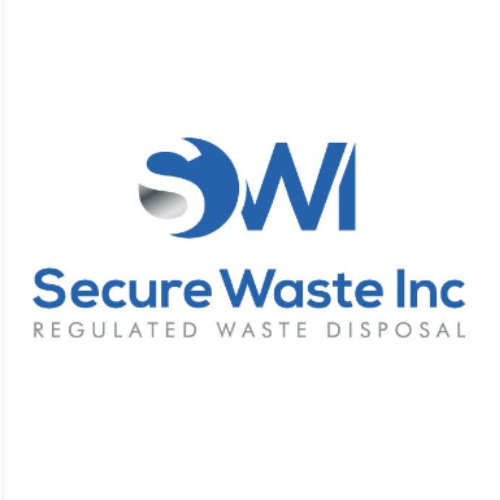
Expert Medical Waste Management: With over 25 years of industry experience, Secure Waste is a trusted local leader in hazardous and biohazardous waste disposal across Maryland, Virginia, and Washington, D.C. Specializing in medical waste management, sharps needle disposal, and biohazard waste removal, the company ensures full compliance with federal, state, and local regulations while prioritizing environmental sustainability.
The company also offers additional services, including secure document shredding and sharps container sales, providing comprehensive solutions for healthcare facilities and businesses. Our cost-effective services help clients maintain regulatory compliance without unexpected costs.
With a commitment to customer satisfaction, Secure Waste offers tailored waste management plans that align with industry best practices. Their team of experts provides reliable, timely, and compliant services, making them the preferred choice for medical waste disposal. For a free waste quote or more information, visit www.securewaste.net
